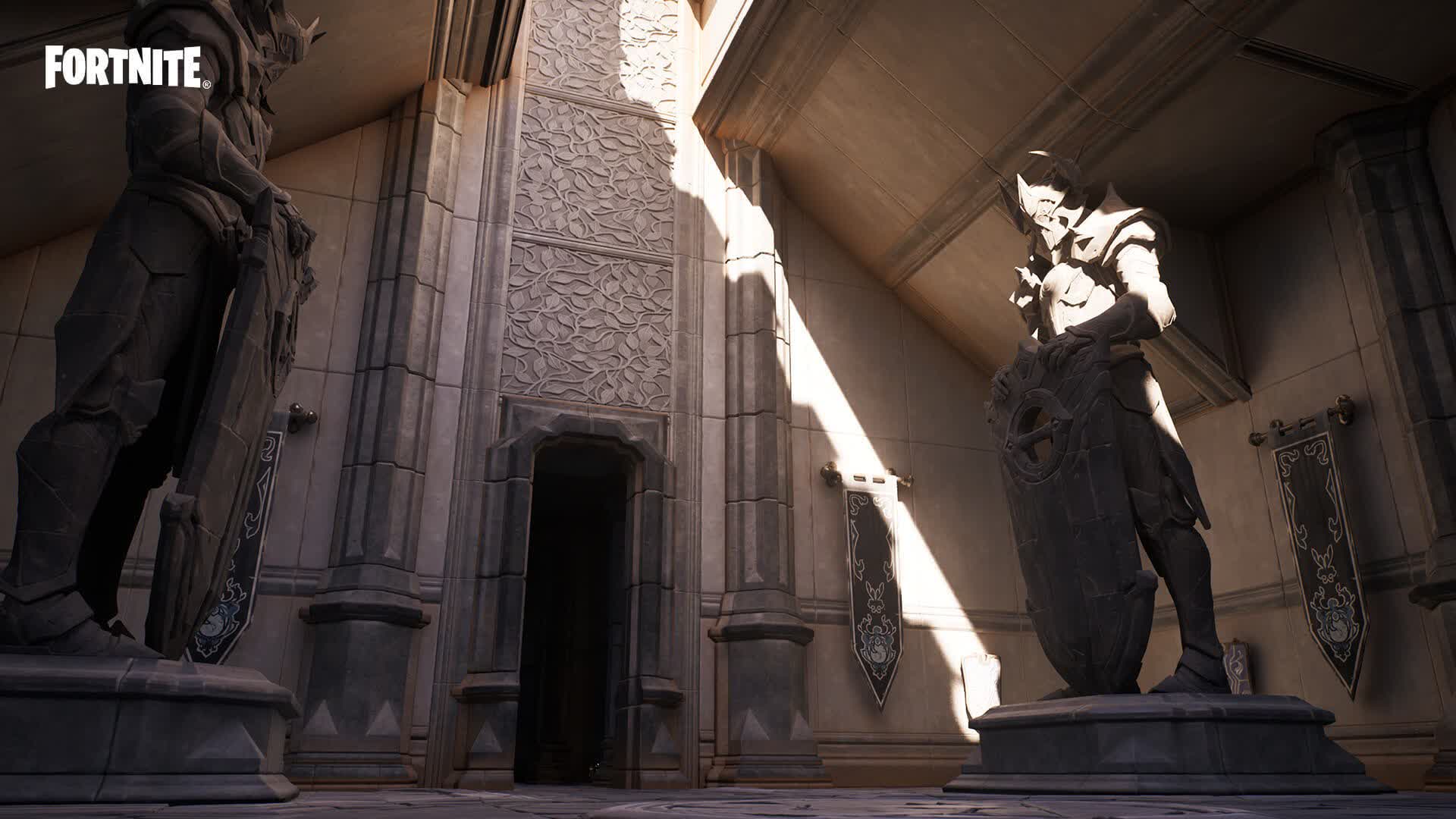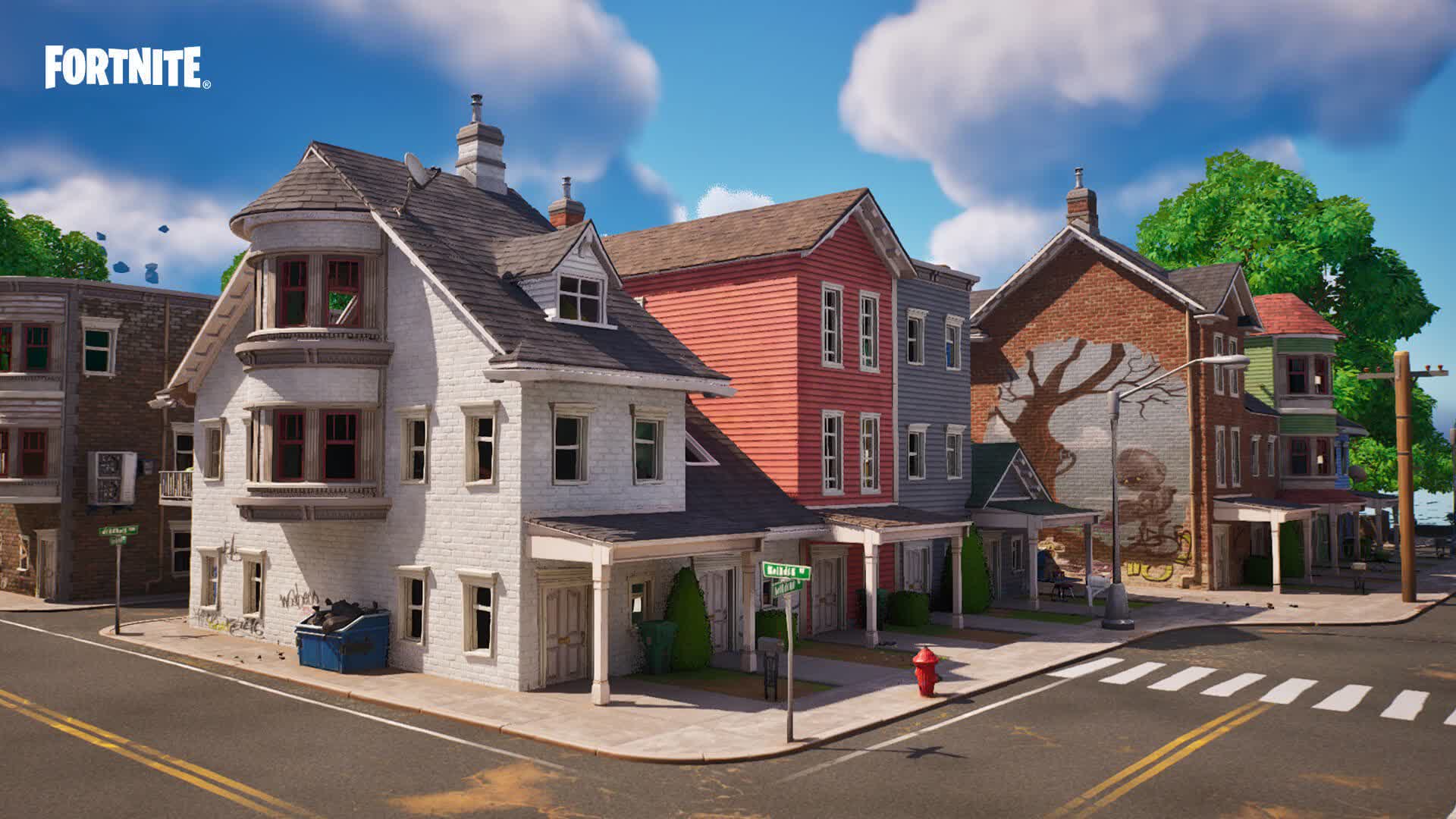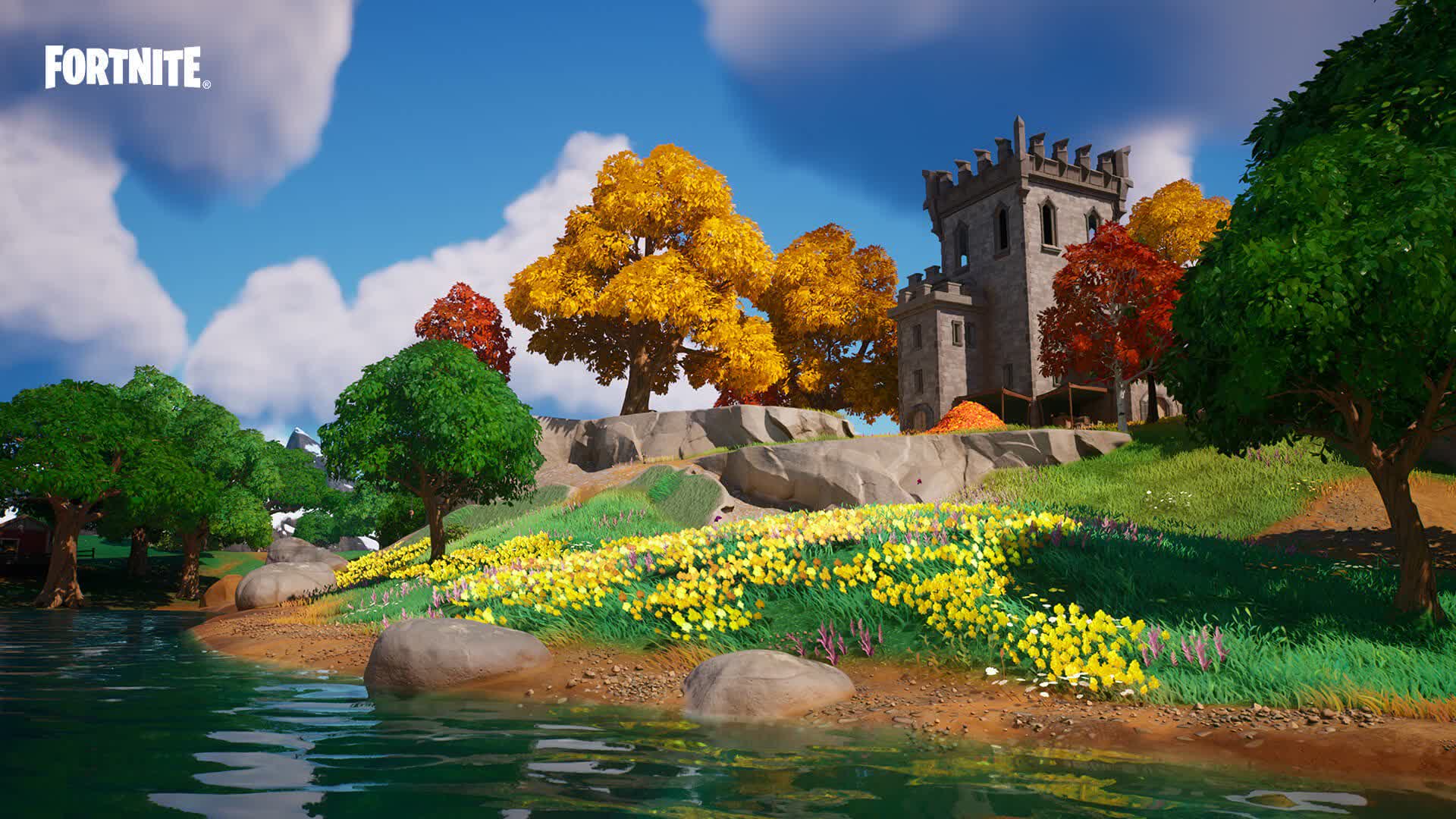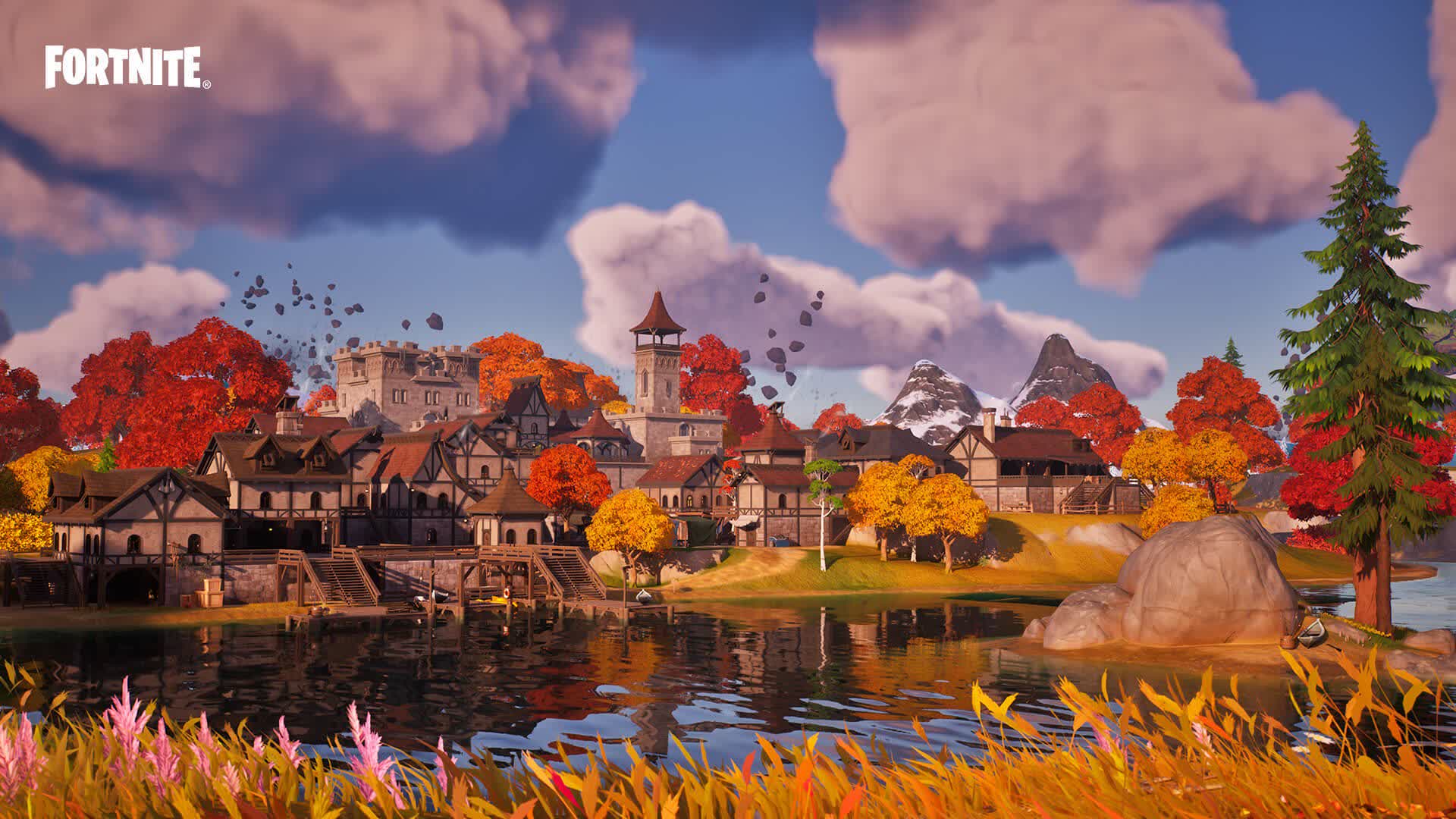Why it matters: Epic Games just launched Fortnite Chapter 4, and with it comes Luman and Nanite support. Considered pillars of Unreal Engine 5, Lumen and Nanite add graphical fidelity to Fortnite that makes a remarkable difference.
As you might recall, Nanite vastly expands the number of polygons developers can use without taking a heavy frame rate toll. Epic says every brick, stone, wooden plank, and wall trim in the houses are individually modeled in real-time from millions of polygons. Natural environments are similarly rendered. Every stone, flower, and blade of grass is a stand-alone model. Trees now have poly counts of around 300,000.
Unreal Engine's Lumen technology handles just about everything involving the lighting of a scene --- global illumination, ray tracing, bounce lighting, and more. Lumen's effects will alter an avatar's outfit with bounced lighting from the environment. Likewise, the player's character scatters light onto nearby objects and surfaces.

Epic didn't stop at only adding Lumen and Nanite support. The developers also utilized Unreal Engine 5.1's Virtual Shadow Maps to give shadowing more detail. As with Nanite and Lumen, shadow maps affect all individual models in the game. Leaves, bricks, and every leaf on a tree cast a shadow. It also allows for very detailed avatar shadows.
The team also switched from Temporal Anti-Aliasing to the more frame-rate-forgiving Temporal Super Resolution. This feature allows for "high-quality visuals at a high framerate."
If you have played Fortnite, you can see the discernable difference Unreal 5 brings to the game in the screenshots throughout this article. The accurately reflective water is particularly impressive. And the lighting is appropriately scattered so that even shadowed areas receive the proper amount of illumination.

Although the changes are available on all current-generation platforms, including PlayStation 5 and Xbox Series consoles, PC users --- as always --- have the most control over the graphical fidelity. There are the typical presets, but PC users can get granular with the graphics settings turning individual elements on and off at will. There is also a slider to adjust fidelity on a broad level quickly.
Epic says for the best results, players should have a GeForce RTX 2080 or a Radeon RX 5700 or newer. They also need the latest graphics drivers and DirectX 12. It further recommends the most recent versions of Windows 10 or 11.
The only thing console owner need to worry about is that they shut down 120 FPS Mode if they are using it. Otherwise, the game will not implement the new fidelity features. To change that setting, go to Video->Graphics->120 FPS Mode, and be sure it reads "off."

It's worth mentioning that these changes are only available on the Battle Royale Island. Save the World and Creative Mode are not supported. That is particularly bad news for creators since the whole point of Creative is to show off what you can build. However, both mode do benefit from Temporal Super Resolution.
